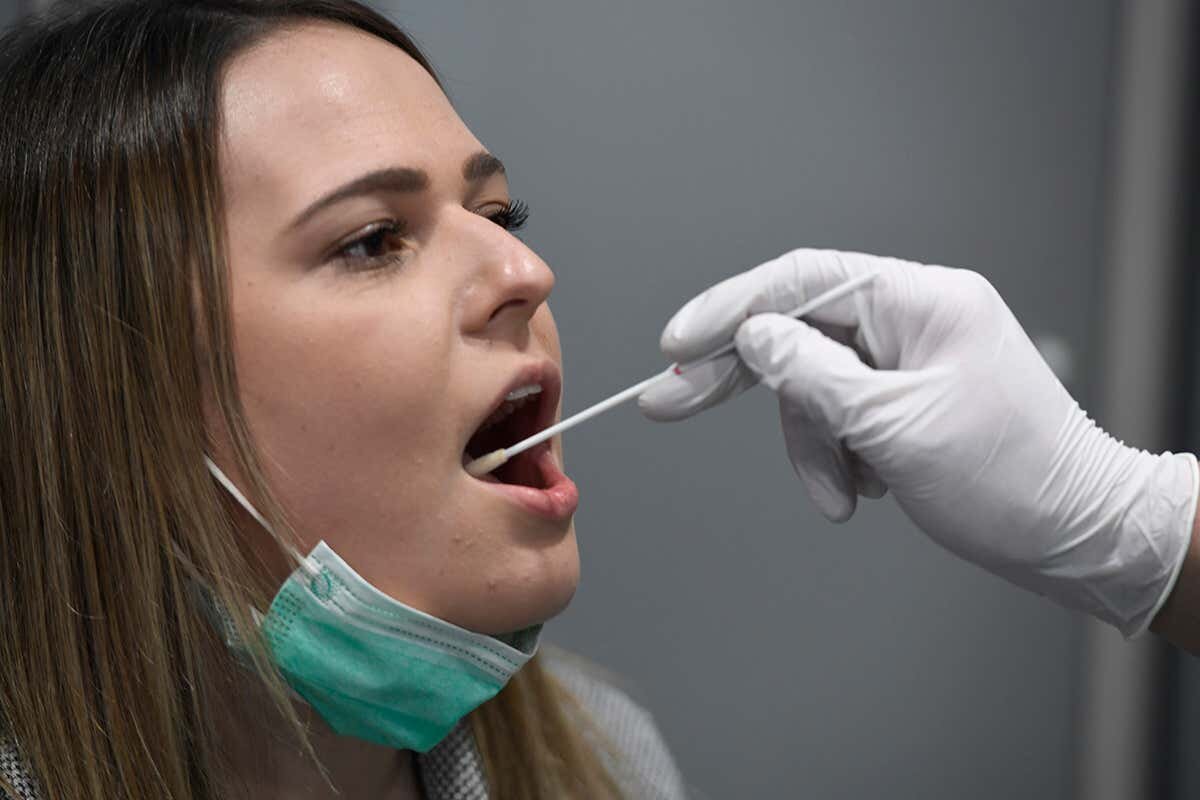Fact checking Boris Johnson’s claim that airport testing would only catch 7% of cases
What proportion of COVID-19 cases would airport testing really catch?
The UK’s travel industry has been campaigning to get the highly unpopular 14 day quarantine replaced with an airport testing regime. Boris Johnson rejected the calls last week, saying that airport testing would “only work in 7% of cases”.
Where does this 7% statistic come from? And should you believe it, even though Boris didn’t write it on the side of a bus?
Test accuracy
Anyone that has seen the test accuracy claims of COVID-19 testing companies will be rather mystified by the claim that an airport testing regime would miss 93% of cases. All the tests claim “sensitivity” of more than 99%, which means that less than 1% of infected people should test negative. 93 versus 1 - rather a big difference.
Incubation period
The main reason why government advisors reject airport testing as an alternative to quarantine is that it can take up to 14 days for people to develop symptoms. It is true that COVID tests don’t reliably detect the presence of the virus in the incubation period. The 99% sensitivity statistics come from studies of people who had already developed symptoms at the time of the test.
Studies like this one have shown that the accuracy of tests in the last two days of the incubation period averages about 50% and is close to 0% before that. The ineffectiveness of tests during the incubation period is at the heart of the government’s argument.
Incidentally, that is probably the main reason why you can’t even book a test in the UK unless you confirm that you have symptoms. if you are in the incubation period, a test will probably come up negative and that won’t tell you anything, other than giving you a false sense of security.
Reverse engineering the 7% statistic
The government hasn’t said where it got its estimate from, but it is somewhat suggestive that 7% is equal to 1/14. I reckon that the argument goes something like this:
Anyone who is already showing symptoms will be prevented from travelling anyway, due to temperature tests etc, so the only “cases” we need to worry about are people in the incubation period
Testing can only catch people in the last two days of the incubation period, and then only with 50% accuracy
It can take up to 14 days to develop symptoms, so testing will only catch 50% times 2 days / 14 days = 7%
What’s wrong with that?
Although the incubation period can be up to 14 days, the mean period between infection and symptoms is 5 days. Over 80% of people will develop symptoms between 3 and 7 days after infection.
So if testing can catch 50% of people in the last two days of the incubation period, it will catch more like 50% times 2 days / 5 days = 20%.
Still probably not enough to allow anyone that passes a test on arrival to avoid quarantine, but it still annoys me that Boris seems to have exaggerated the statistics to make his point. Not that I am surprised, given his track record.
So what should be done?
Unless someone comes up with a better test that can reliably detect the virus during the incubation period, I think the industry needs to accept that quarantines are probably here to stay for arrivals from higher risk countries.
There are better arguments for shortening the quarantine period, especially if combined with testing. I think the industry should put their efforts into winning that battle, where at least they will have science on their side.

